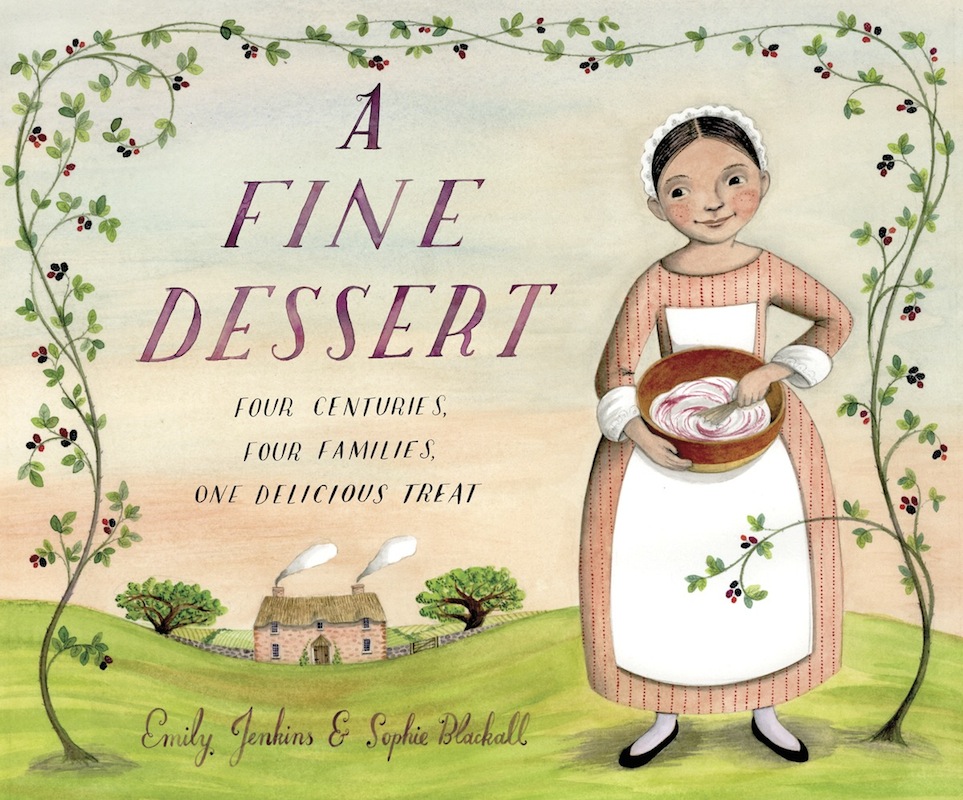It has come to my attention that some elementary school libraries have removed their copies of The Baby Tree from shelves out of concern that the information about where babies come from is inappropriate for children to read on their own.
I believe that if a child is old enough to read The Baby Tree on his or her own, and curious enough to continue to read beyond the end of the story to the back matter – which contains answers to further questions about where babies come from – then that child has a right to the information. There is nothing salacious or untrue in the book, and the answers to the most common questions children ask about reproduction are given in a simple and straightforward way.
As the author Ellis W. Whiting wrote in the introduction to his 1933 book, The Story of Life (designed to be read to children of four or five and for older children to read themselves), “It is important that the first picture of sex knowledge which passes through the ‘lens’ into the child mind is a correct one” and if the correct information is not available, that picture will be readily supplied from another source, “the half-informed, misled playmate.”
The story of The Baby Tree is essentially a child’s quest for information. I believe children who are eager to read about their world should be rewarded with honest, thoughtful books.
I believe that if a child is old enough to read The Baby Tree on his or her own, and curious enough to continue to read beyond the end of the story to the back matter – which contains answers to further questions about where babies come from – then that child has a right to the information. There is nothing salacious or untrue in the book, and the answers to the most common questions children ask about reproduction are given in a simple and straightforward way.
As the author Ellis W. Whiting wrote in the introduction to his 1933 book, The Story of Life (designed to be read to children of four or five and for older children to read themselves), “It is important that the first picture of sex knowledge which passes through the ‘lens’ into the child mind is a correct one” and if the correct information is not available, that picture will be readily supplied from another source, “the half-informed, misled playmate.”
The story of The Baby Tree is essentially a child’s quest for information. I believe children who are eager to read about their world should be rewarded with honest, thoughtful books.




























5 comments:
This is so unfortunate. I'm currently pregnant with my second child and have found your book very helpful in talking to my three year old daughter about her baby brother and the pregnancy. My husband and I want to honestly answer her questions and keep answering them in a conversation as she grows. Thank you for writing a book that's helped us begin that conversation.
This is very unfortunate. And it's hard for me to comprehend the reasons stated.
With warm regards, Nina
This is hard to believe. The book offers a wonderful chance for parents to make children aware of the creation of a child, no flickering and fast TV program, no awkard moments at school or with older friends. With The Baby Tree children can approach the subject on their own and then turn to their parents or trusted elders with their questions. Where is common sense these days?
People really need to chill. No child is going to have their childhood ruined by that information. Seems like they are being really overprotective.
How very sad. We love our copy of The Baby Tree and read it (to my 3yr old) at least 3-4x a week.
Post a Comment